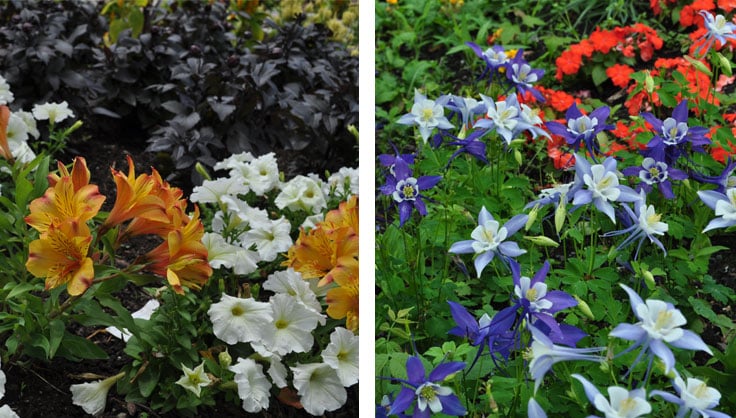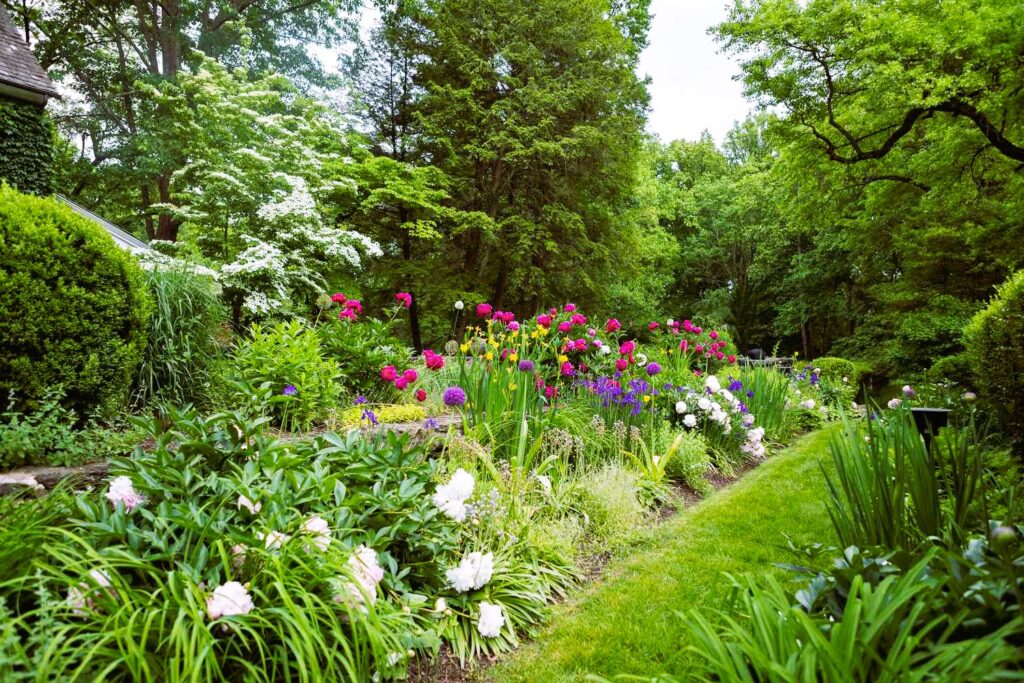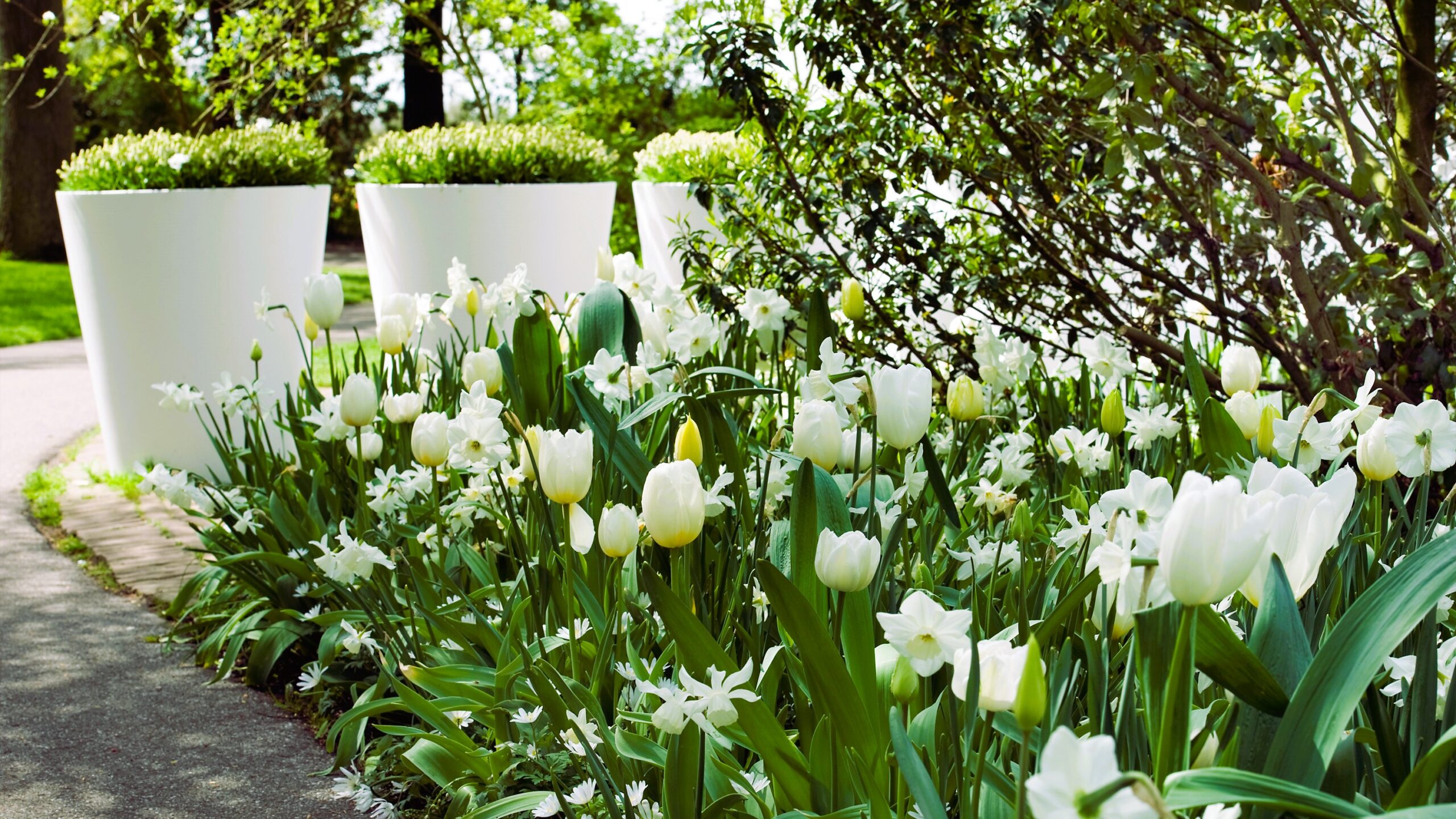A garden filled with vibrant colors is a sight to behold. The skillful combination of different hues can create a visually stunning and harmonious outdoor space. Choosing the right color combinations is essential to evoke specific moods, enhance the overall aesthetic appeal, and create a cohesive design. In this article, we will explore the art of combining colors in the garden and provide tips on how to achieve a visually pleasing and captivating landscape.
Understanding Color Theory in Gardening
Color theory is a fundamental concept used in various artistic disciplines, including gardening and landscape design. It involves understanding the relationships between different colors and how they interact with one another. By applying color theory principles, you can create an engaging and balanced garden that reflects your personal style and preferences. Here are some key elements of color theory to consider:
- Primary Colors: The primary colors are red, blue, and yellow. These colors cannot be created by mixing other colors and serve as the foundation for all other colors on the color wheel.
- Secondary Colors: Secondary colors are obtained by mixing equal parts of two primary colors. They include orange (red + yellow), green (blue + yellow), and purple (red + blue).
- Tertiary Colors: Tertiary colors are achieved by mixing a primary color with a neighboring secondary color on the color wheel. Examples include yellow-green, blue-violet, and red-orange.
- Warm and Cool Colors: Colors can be categorized as warm or cool based on their psychological effects. Warm colors, such as red, orange, and yellow, create a sense of energy and vibrancy. Cool colors, like blue, green, and purple, evoke a feeling of calmness and tranquility.

Creating Color Combinations in the Garden
When it comes to combining colors in the garden, there are various approaches you can take. Here are some popular techniques to help you achieve stunning color combinations:
- Monochromatic: This approach involves using different shades and tints of a single color. For example, a monochromatic garden design could feature various hues of pink, ranging from light pastels to deep magentas. This creates a harmonious and soothing effect. Like the article? Read also about the beauty of garden variety.
- Complementary: Complementary colors are opposite each other on the color wheel. Combining complementary colors, such as purple and yellow or red and green, creates a high-contrast and visually striking display.
- Analogous: Analogous colors are located next to each other on the color wheel. This scheme creates a sense of harmony and cohesion. For example, combining various shades of blue and purple or yellow and orange can result in a visually pleasing garden design.
- Triadic: Triadic color schemes involve using three colors that are evenly spaced on the color wheel. For instance, combining red, yellow, and blue in various proportions can create a vibrant and dynamic garden display.
- Seasonal Themes: You can also consider using color combinations that reflect the different seasons. For example, a spring-themed garden could incorporate pastel shades of pink, purple, and yellow, while an autumn-inspired garden might feature warm tones of red, orange, and brown.

Remember to consider the surrounding environment, existing foliage, and architectural features when choosing color combinations. Take into account factors such as sunlight exposure, the height and texture of plants, and the desired mood you wish to create.
For more in-depth information on color theory and garden design, you can visit Wikipedia.
Conclusion
Creating a garden filled with a variety of colors is an exciting endeavor that allows you to express your creativity and transform your outdoor space. By understanding color theory and applying different color combinations, you can design a visually appealing and harmonious garden that delights the senses throughout the seasons. Remember to explore various color schemes, experiment with different plant selections, and incorporate the principles of balance and unity to achieve a stunning result. Happy gardening!

